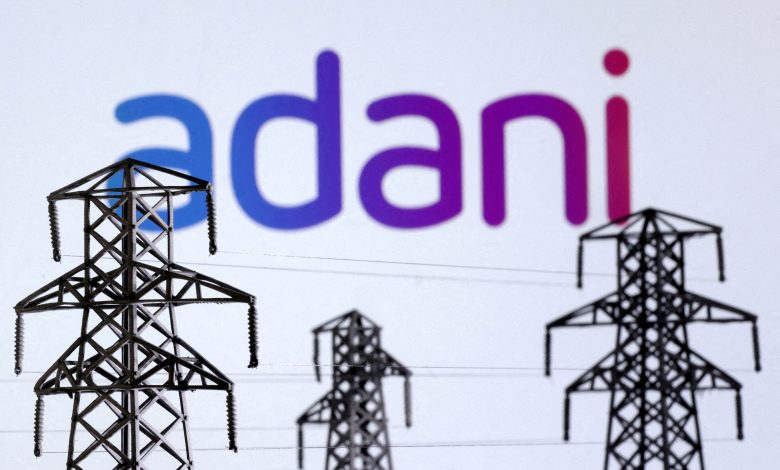India unveils US$109 billion transmission plan for green power

India plans on high-voltage direct current lines to connect large renewable farms to cities and industries
India’s power ministry unveiled a plan to revamp its power grid to accommodate a large renewable expansion through 2032.
The project, estimated to cost US$109 billion, will help integrate 500 gigawatts of renewable power by the end of the decade, a more than two-fold increase from now, the ministry said in a statement on Monday (Oct 14).
Transmission constraints have emerged as a key obstacle for the growth of renewable energy the world over, with a spurt in demand causing delayed deliveries and surging prices of grid equipment.
In the US alone, almost 1.6 terawatts of planned renewable power generation projects and more than one terawatt of energy storage are actively seeking connection to the grid, according to the latest data from the research centre Berkeley Lab published in April.
To help buffer supply and price shocks, India should foster local manufacturing of critical transmission equipment, Federal Power Secretary Pankaj Agarwal said at a conference in New Delhi on Monday. The cost of equipment is set to rise more than 14 per cent a year from now, he said.
India’s government is leaning on high-voltage direct current lines to connect large renewable farms to cities and industries, as this network helps send power to long distances with minimal losses. The decision though has left solar and wind developers concerned about project delays, as global supplies of the transmission equipment has tightened.
Post 2030, the country expects to install another 100 gigawatts of clean capacity to the mix in the following two years, reaching 600 gigawatts by 2032. The plan aims to increase India’s transmission capacity by 35 per cent by the same year, according to a statement from the ministry of power.
Renewables are not the only energy source in need of more transmission lines in India. The country is also planning to add coal and nuclear power plants, all of which will put further pressure on the grid. BLOOMBERG





